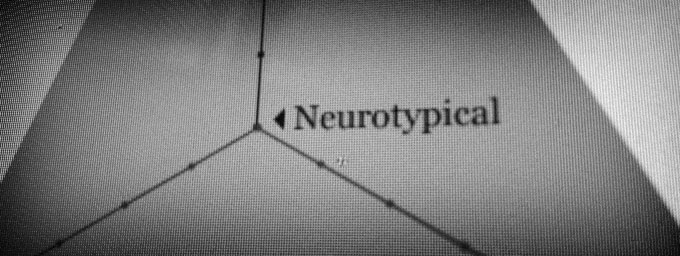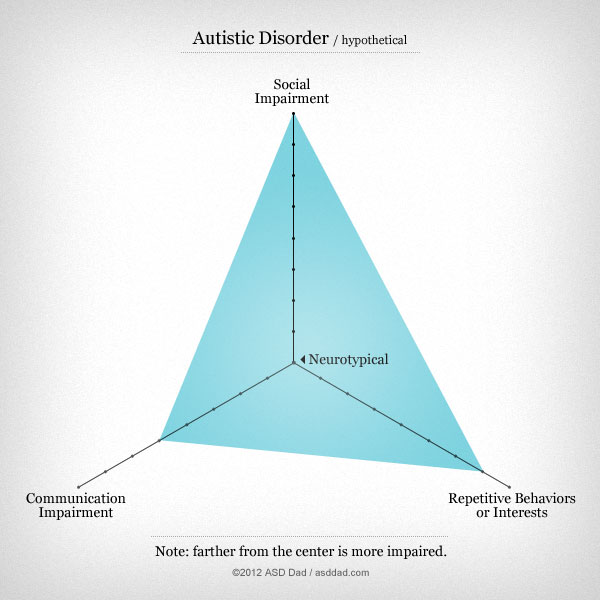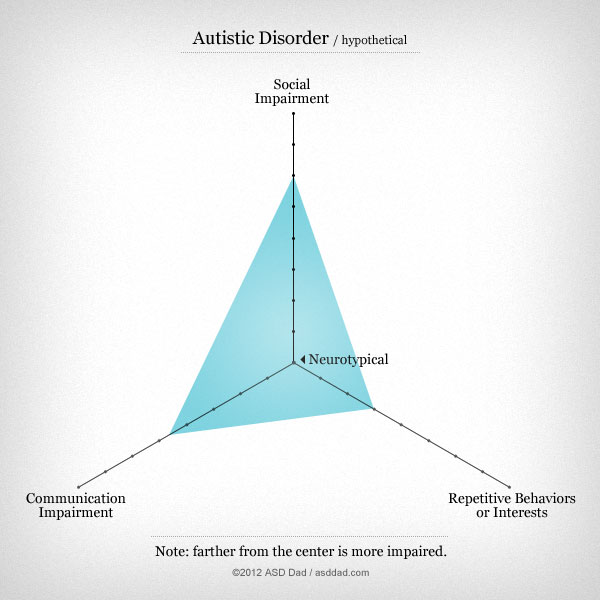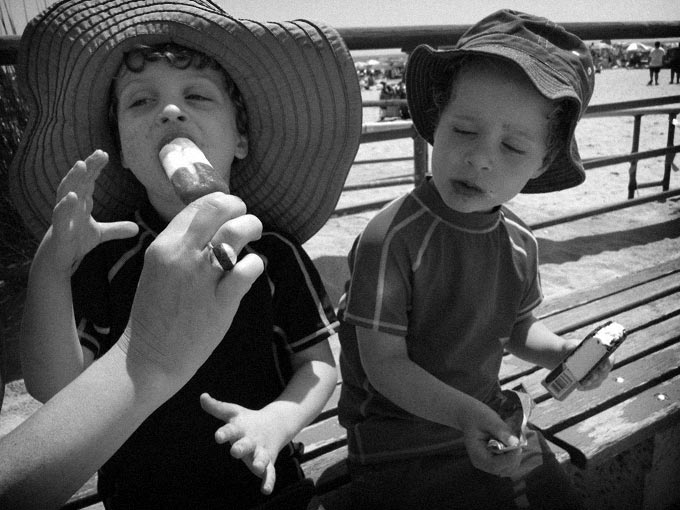 This Time Health article asks: Is picky eating an early sign of autism?
This Time Health article asks: Is picky eating an early sign of autism?
Pickiness about food is one of those early signs that is just as easily interpreted as normal toddler behavior, especially if one factors out the intensity of the behavior.
C has always been more than just a picky eater: the mere sight of an unexpected food item on his plate would send him into an apoplectic state. The rejection of different foods wasn't based on taste or texture: it was the mere presence of something unexpected—something out of the normal routine—that would cause the breakdown.
This caused a lot of anxiety because many kids with his lung disease end up on feeding tubes (their bodies burn extra calories trying to keep their oxygen levels up), and he was already in the fifth percentile for weight. Fortunately, the staples of C's diet were hearty.
When we started to suspect autism, we learned that many other parents of ASD kids were experiencing the same thing. (By contrast, C's twin M will eat—or at least try—almost anything, a trait that probably puts him at the opposite extreme!)
The good news is that with a lot of ABA therapy, C is becoming more tolerant of a wider variety of foods: we started by simply placing different food items on his plate, and telling him that if he didn't want them, he could remove them himself. Getting him to touch the food—and therefore to interact with it—was the first small step toward ultimately getting him to try it.
While C would still be defined as a picky eater, the meltdowns occur far less frequently, and he now eats, or at least tries, a wider variety of foods.
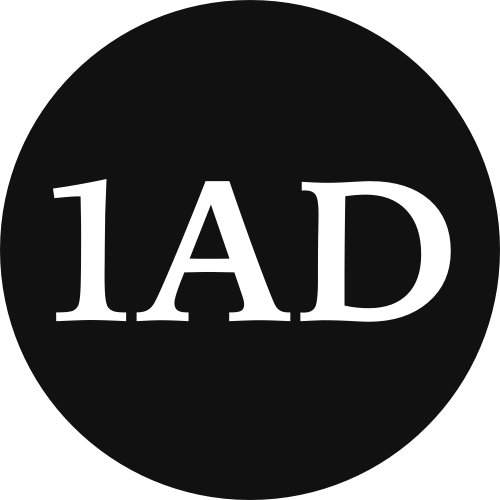
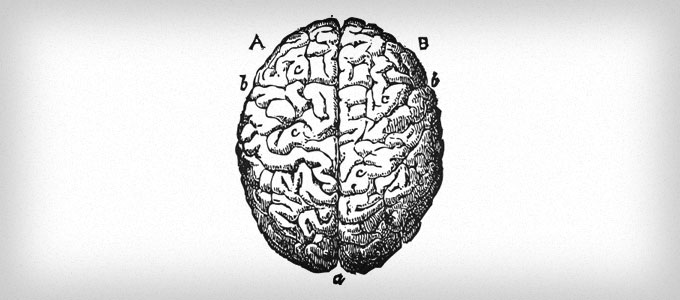
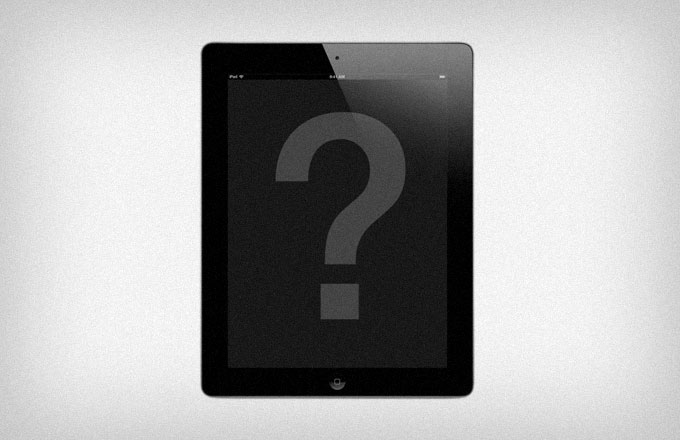 Unfortuantely, my plans to develop a simple Web- and app-based autism evaluation tool for concerned parents has hit a snag: the
Unfortuantely, my plans to develop a simple Web- and app-based autism evaluation tool for concerned parents has hit a snag: the 